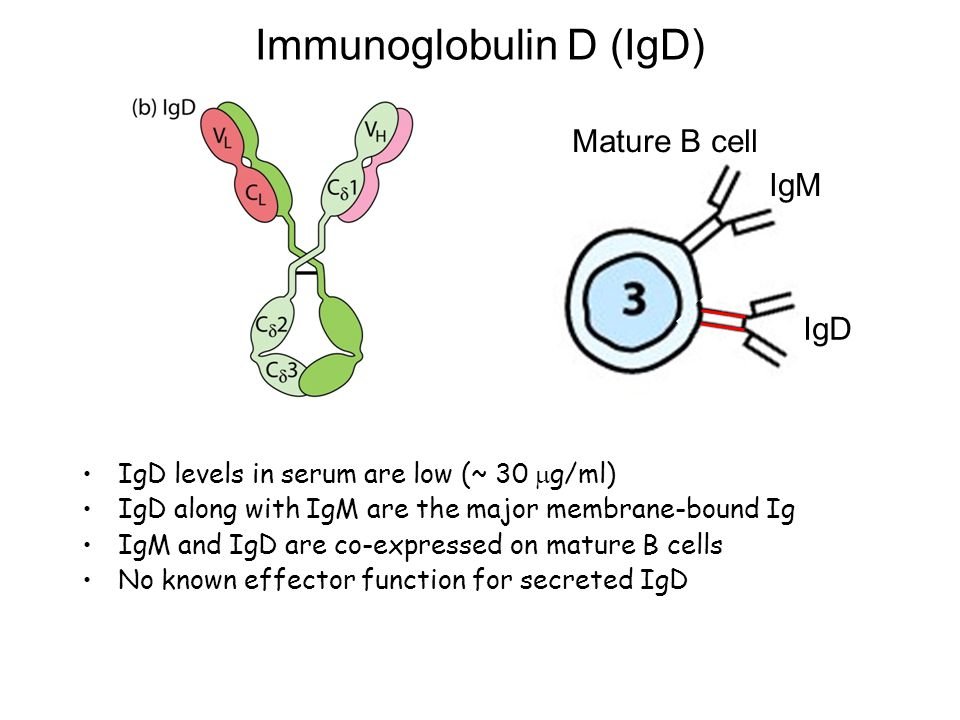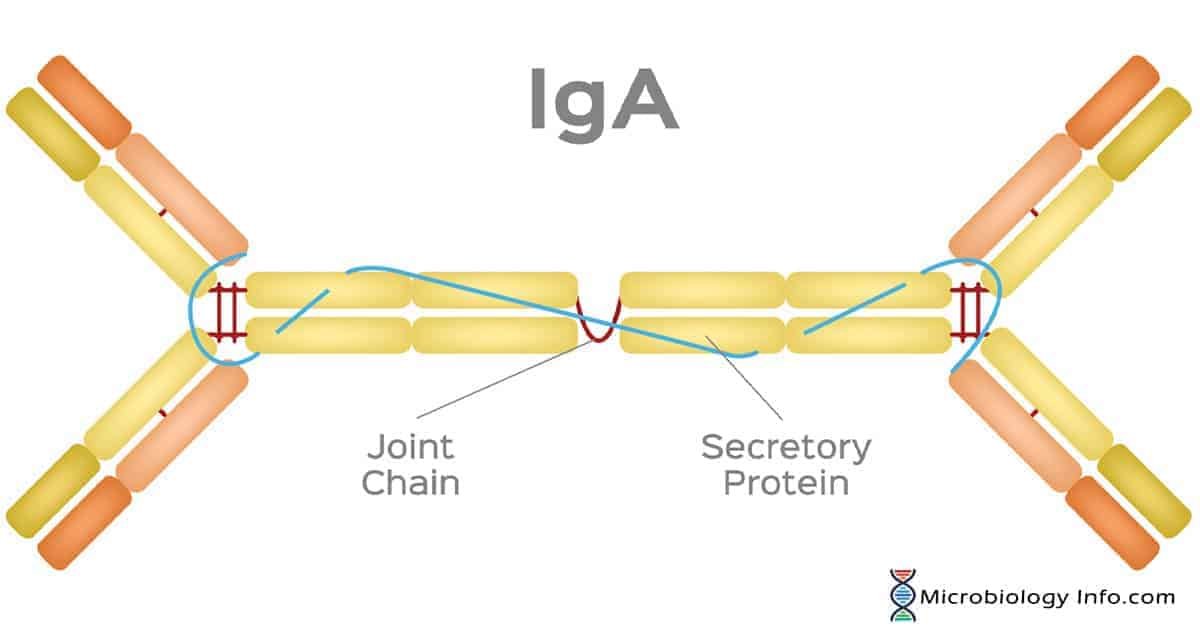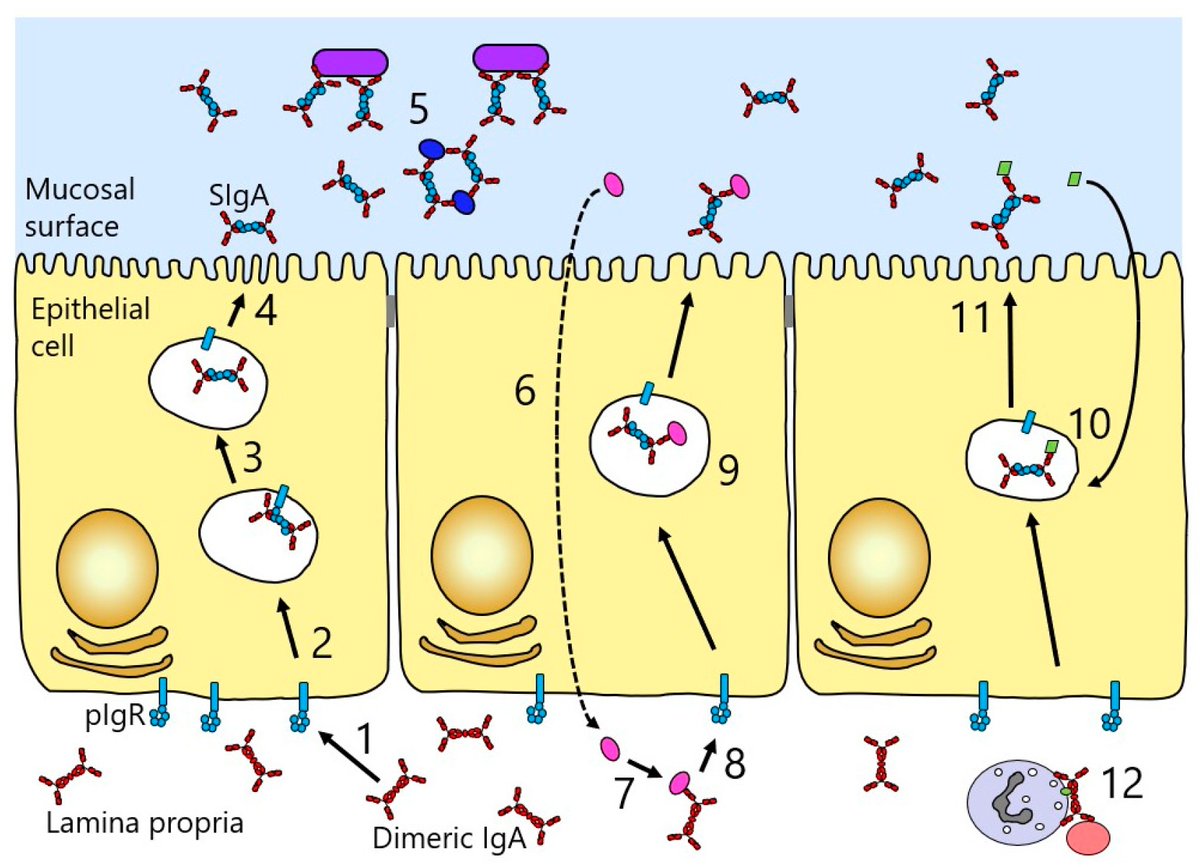
1/ All B cells have the immunoglobulins IgM and IgD on their cell surface. The DNA contains both the information to create these two classes of immunoglobulins. They will be produced in equal amounts during the B cell development. 

2/ Once a B cell is activated toward a pathogen, it will begin to secret immunoglobulins (antibodies) in the form of the IgM. This is the only thing it is able to create and secret at this point.
3/ As the infection progresses, the helper T cells will release IL-4 and IL-5 which will help in the B cells and plasma cells with switching classes. Why do they need to switch classes?
4/ Well, some classes are specialized toward different kinds of infections and work in different areas of the body. By class switching, the antibodies become better at doing their job. 

5/ The process of class switching is done to the DNA just like with recombination. In class switching, the receptor stays completely the same, but only the constant region of the heavy chain changes. 

6/ This just swaps out the Fc region with something that has more specialized functions. There are three additional class the antibody that an antibody can switch to with IgG, IgA and IgE. 

7/ These three additional antibodies will have other different functions from the IgM that is first secreted.
8/ #IgM
The IgM class has a very large Fc region with three domains. It is the largest of all antibodies and not capable of leaving the blood due to its large size. They are the first antibody released by plasma cells.
The IgM class has a very large Fc region with three domains. It is the largest of all antibodies and not capable of leaving the blood due to its large size. They are the first antibody released by plasma cells.
9/ They have very low affinity, but they are capable of binding their Fc regions together into a pentamer. That is five IgM bound together to form a snowflake like structure. They are great at binding a pathogen and clumping it up to neutralize them. 

10/ The main effect of IgM is neutralization. The IgM Fc region is capable of binding C1 complement and triggering the classical complement pathway which leads to inflammation. The first response trait of IgM makes it an indicator of early primary infections.
11/ #IgG
IgG is the most common of all antibodies, it is the smallest in size. It is made to cross out of the blood and into the tissue where many pathogens enter the body. It is the only antibody small enough to pass through the umbilical cord to the fetus.
IgG is the most common of all antibodies, it is the smallest in size. It is made to cross out of the blood and into the tissue where many pathogens enter the body. It is the only antibody small enough to pass through the umbilical cord to the fetus.
12/ The IgG makes up 70% of the antibodies in our bodies. It has very high affinity for its antigen. Their Fc region is able to bind C1 complement and trigger the classical complement pathway for inflammation. All of the phagocytes have IgG receptors.
13/ Phagocytes can ingest coated pathogens and destroy them. The NK cells have an IgG receptor to bind and kill infected cells. The IgG has four different sub types in IgG1, IgG2, IgG3 and IgG4. There are slight differences between them and their activity. 

14/ #IgA
IgA is the second most abundant antibody. They are designed to work in the mucus that lines our respiratory tract and GI tracts. It is present in the saliva, tears, and even sweat. It can be passed through breast milk from mother to infant.
IgA is the second most abundant antibody. They are designed to work in the mucus that lines our respiratory tract and GI tracts. It is present in the saliva, tears, and even sweat. It can be passed through breast milk from mother to infant.

15/ They are capable of binding into dimers where two IgA bind their Fc regions together. This helps in neutralization. Many epithelial cells that line the mucosal surfaces can display IgA as a first line of defense for pathogens.
16/ The IgA is capable to being taken into the epithelial cells and carried across the cell and to the outside. This can protect these linings in the respiratory tract and GI tract.
17/ This process of carrying IgA across the epithelial cells is called transcytosis. The IgA comes in to sub types of IgA1 and IgA2. 

18/ #IgE
IgE is the lowest concentration in circulation. They have the larger Fc regions with three domains and bind to the Mast Cells. IgE plays a major role in protection against parasites.
IgE is the lowest concentration in circulation. They have the larger Fc regions with three domains and bind to the Mast Cells. IgE plays a major role in protection against parasites.
19/ The IgE will sit onto the IgE receptor on the mast cell. When it binds antigen, it will cause the mast cell degranulation. This mechanism that is designed to protect from parasites also harms people in allergic reactions. 

20/ The formation of IgE against harmless substances like pollen leads to allergies. The release of mast cells through activation of IgE created toward an allergen causes mast cells to degranulate and release histamine.
21/ The level of allergy can vary widely from mild to life threatening like Anaphylactic Stock.
• • •
Missing some Tweet in this thread? You can try to
force a refresh






